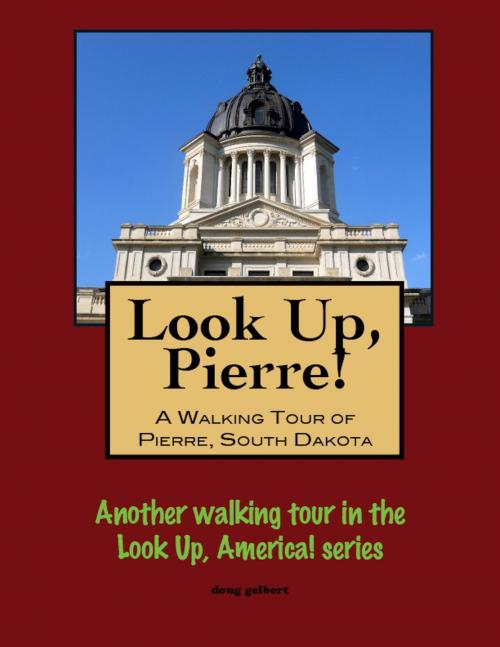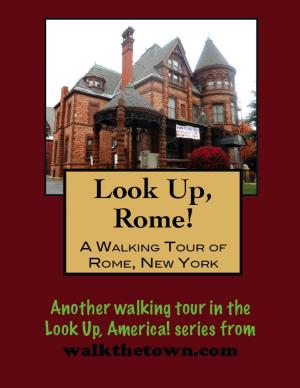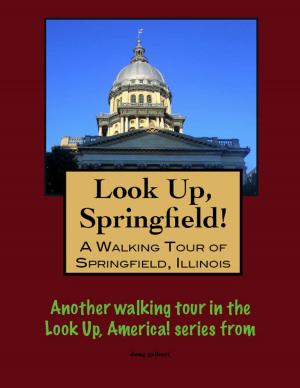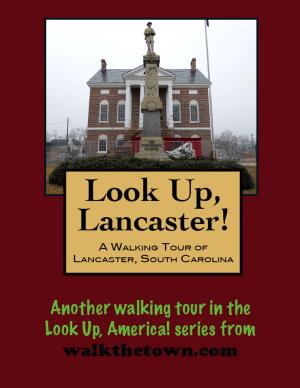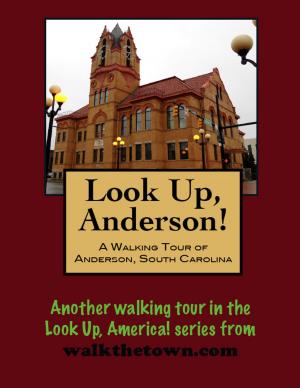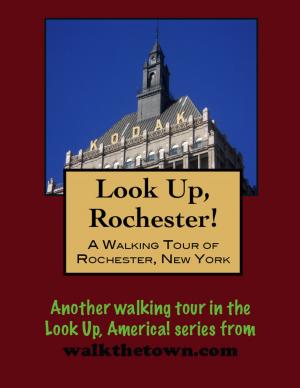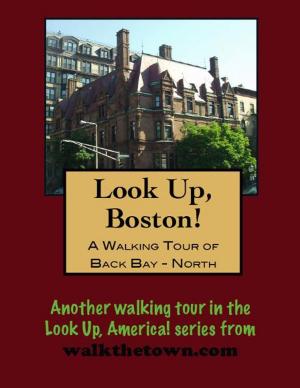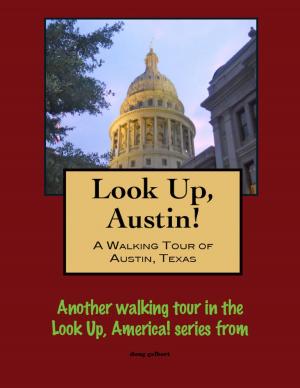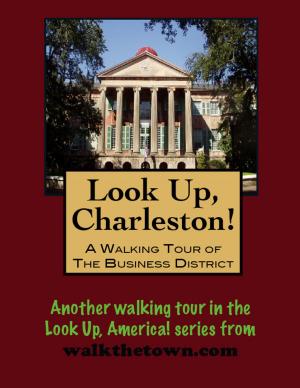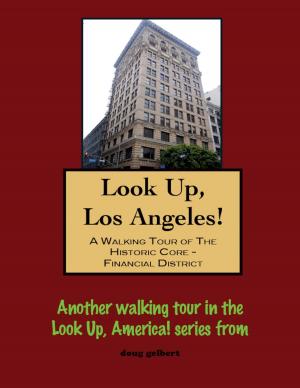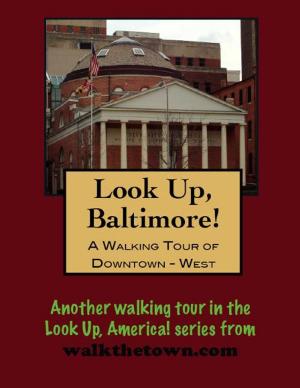| Author: | Doug Gelbert | ISBN: | 9781301024896 |
| Publisher: | Doug Gelbert | Publication: | December 12, 2012 |
| Imprint: | Smashwords Edition | Language: | English |
| Author: | Doug Gelbert |
| ISBN: | 9781301024896 |
| Publisher: | Doug Gelbert |
| Publication: | December 12, 2012 |
| Imprint: | Smashwords Edition |
| Language: | English |
There is no better way to see America than on foot. And there is no better way to appreciate what you are looking at than with a walking tour. Whether you are preparing for a road trip or just out to look at your own town in a new way, a downloadable walking tour is ready to explore when you are.
Each walking tour describes historical and architectural landmarks and provides pictures to help out when those pesky street addresses are missing. Every tour also includes a quick primer on identifying architectural styles seen on American streets.
Although it is America’s second smallest capital city, and has been for the better part of its 120+ years as capital, Pierre is not a compact place. Its development has been marked by divisions since its origins as a steamboat landing for Fort Pierre across the Missouri River.
Pierre Chouteau, manager of the Western Department of John Jacob Astor’s American Fur Company, built one of many outposts along the river in 1832. It was roughly half way between headquarters in St. Louis and the far reaches of the trappers in Montana. Fort Pierre evolved into a bustling stopping off point for travelers leaving the Missouri River steamboats and jumping onto the wagon road to the Black Hills, where gold was discovered in 1877. In 1880 the Chicago and North Western Railroad ran its tracks up to the undeveloped Pierre and Fort Pierre quickly drained of population.
For the first years of the 1880s Pierre was a boomtown, or more specifically East Pierre was a boomtown as it jostled with West Pierre as the town hub. After 1884 West Pierre emerged as the heart of the business district but meanwhile owners of the land “on the hill” battled the owners of land “on the flat” in West Pierre.
While this bickering was on-going inside Pierre all the residents had to unite in the skirmish to retain the capital after the town was so elected when Dakota Territory was split into two new states in 1889. Other towns coveted the prize and Pierre had to endure two more statewide referendums before it could rest comfortably as the permanent state capital. To settle the matter once and for all a handsome statehouse was erected on a ledge on the bluff above the Missouri River and that is where we will begin our walking tour...
There is no better way to see America than on foot. And there is no better way to appreciate what you are looking at than with a walking tour. Whether you are preparing for a road trip or just out to look at your own town in a new way, a downloadable walking tour is ready to explore when you are.
Each walking tour describes historical and architectural landmarks and provides pictures to help out when those pesky street addresses are missing. Every tour also includes a quick primer on identifying architectural styles seen on American streets.
Although it is America’s second smallest capital city, and has been for the better part of its 120+ years as capital, Pierre is not a compact place. Its development has been marked by divisions since its origins as a steamboat landing for Fort Pierre across the Missouri River.
Pierre Chouteau, manager of the Western Department of John Jacob Astor’s American Fur Company, built one of many outposts along the river in 1832. It was roughly half way between headquarters in St. Louis and the far reaches of the trappers in Montana. Fort Pierre evolved into a bustling stopping off point for travelers leaving the Missouri River steamboats and jumping onto the wagon road to the Black Hills, where gold was discovered in 1877. In 1880 the Chicago and North Western Railroad ran its tracks up to the undeveloped Pierre and Fort Pierre quickly drained of population.
For the first years of the 1880s Pierre was a boomtown, or more specifically East Pierre was a boomtown as it jostled with West Pierre as the town hub. After 1884 West Pierre emerged as the heart of the business district but meanwhile owners of the land “on the hill” battled the owners of land “on the flat” in West Pierre.
While this bickering was on-going inside Pierre all the residents had to unite in the skirmish to retain the capital after the town was so elected when Dakota Territory was split into two new states in 1889. Other towns coveted the prize and Pierre had to endure two more statewide referendums before it could rest comfortably as the permanent state capital. To settle the matter once and for all a handsome statehouse was erected on a ledge on the bluff above the Missouri River and that is where we will begin our walking tour...
